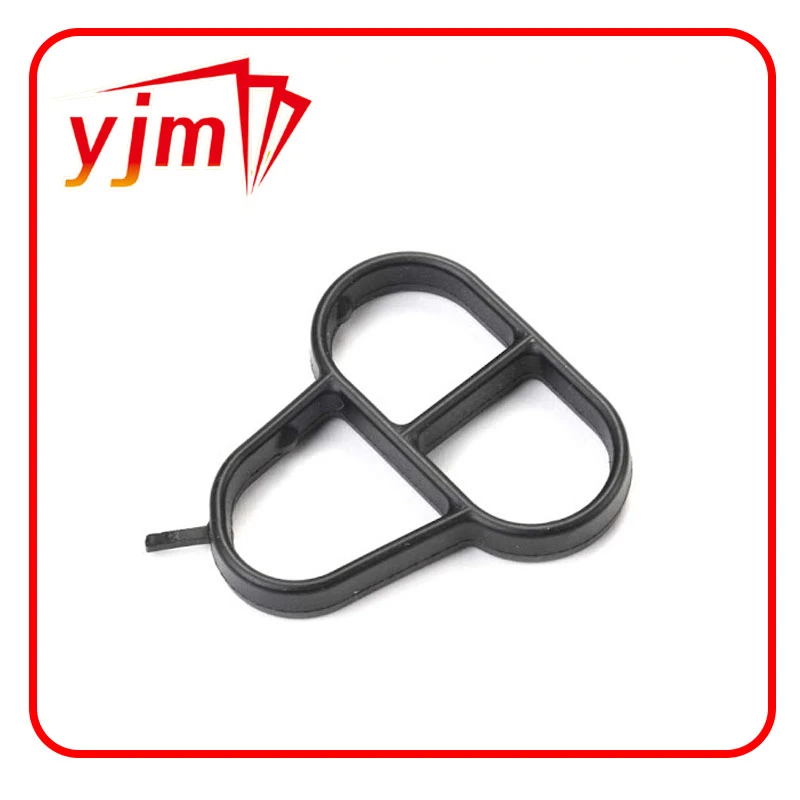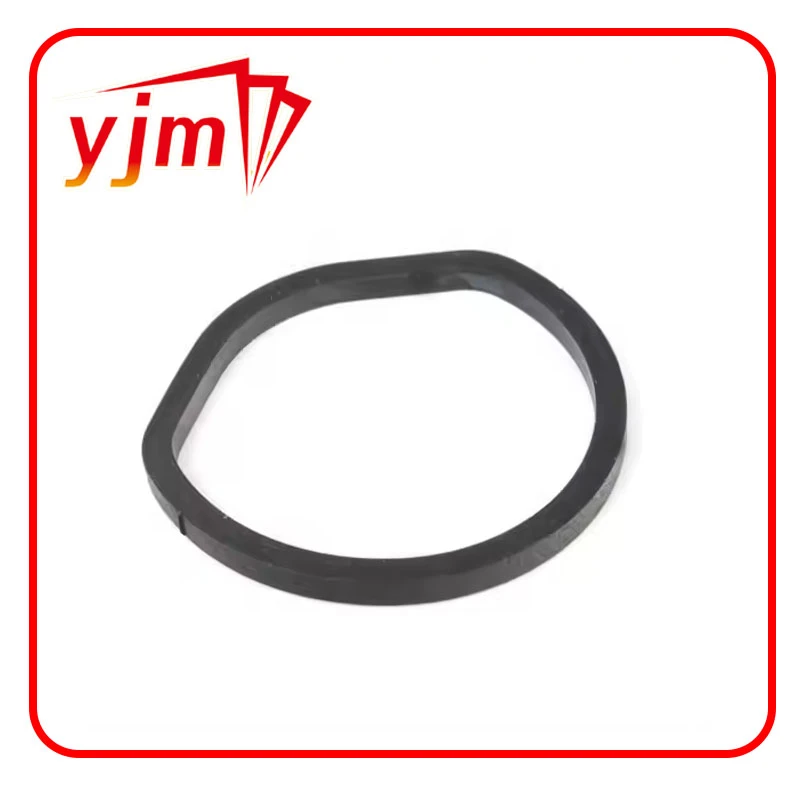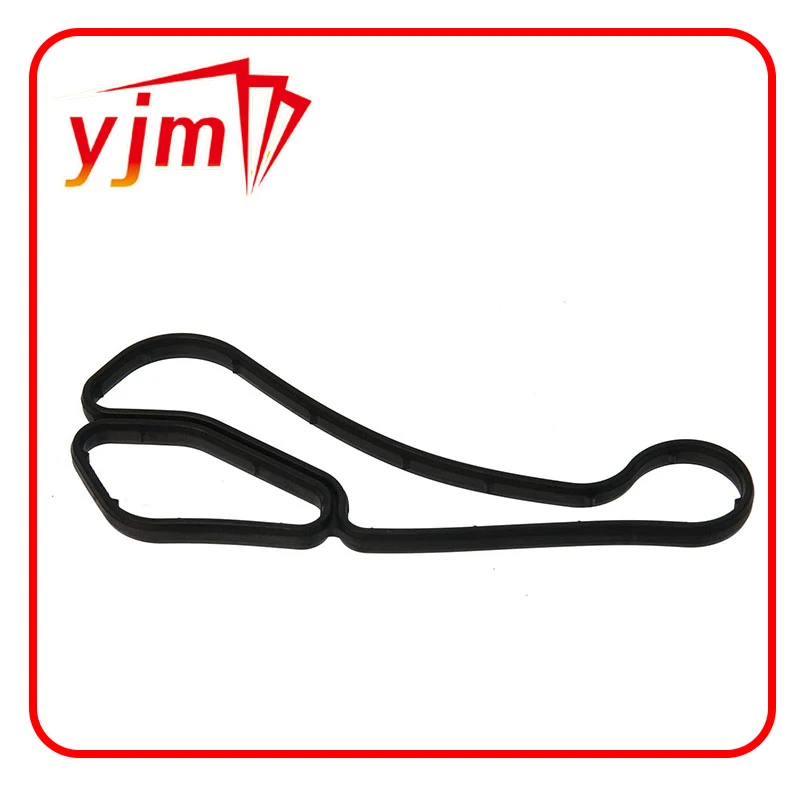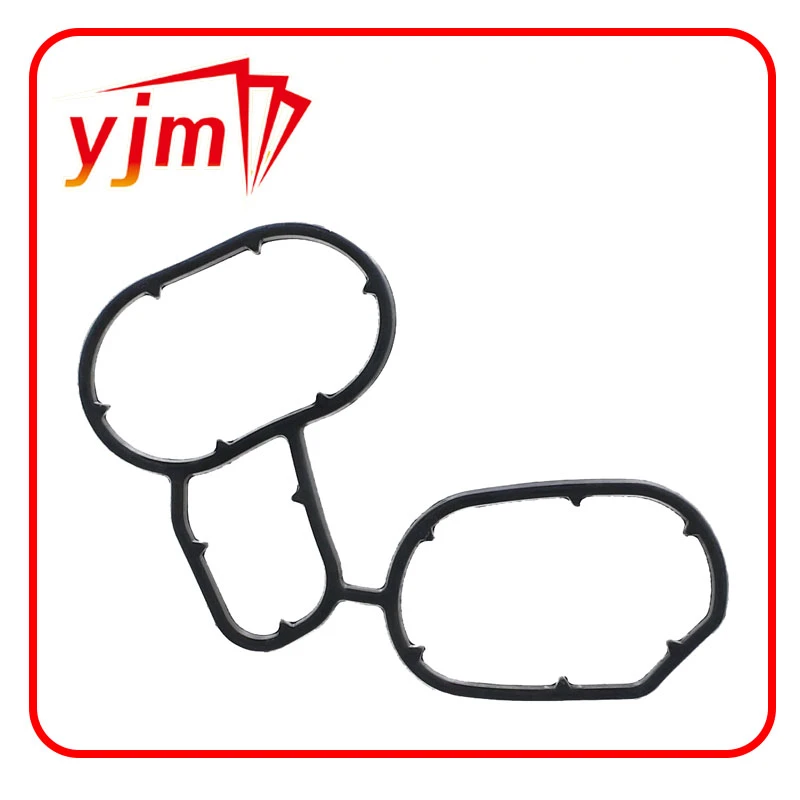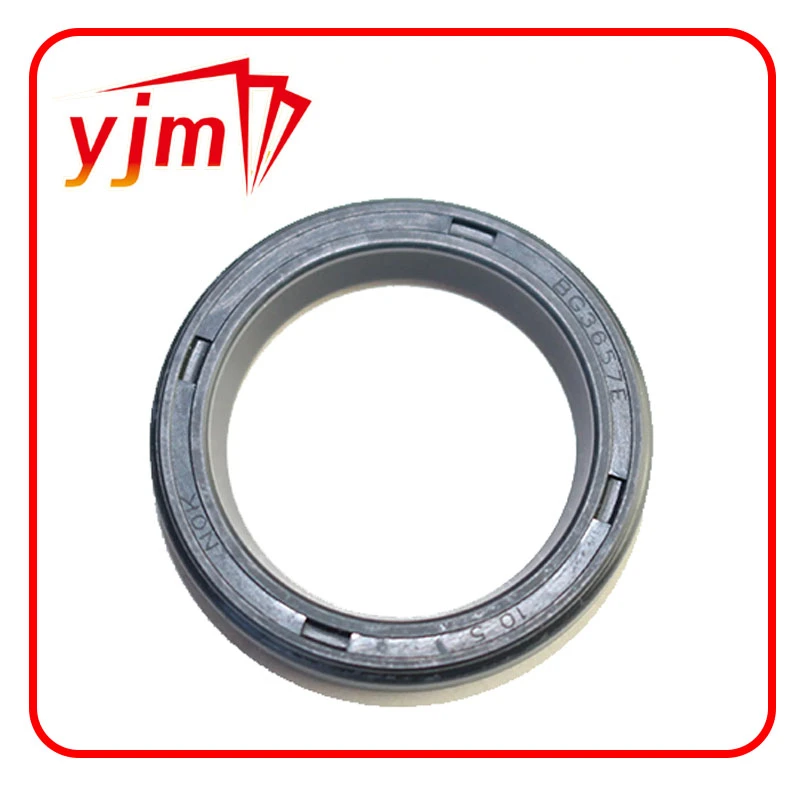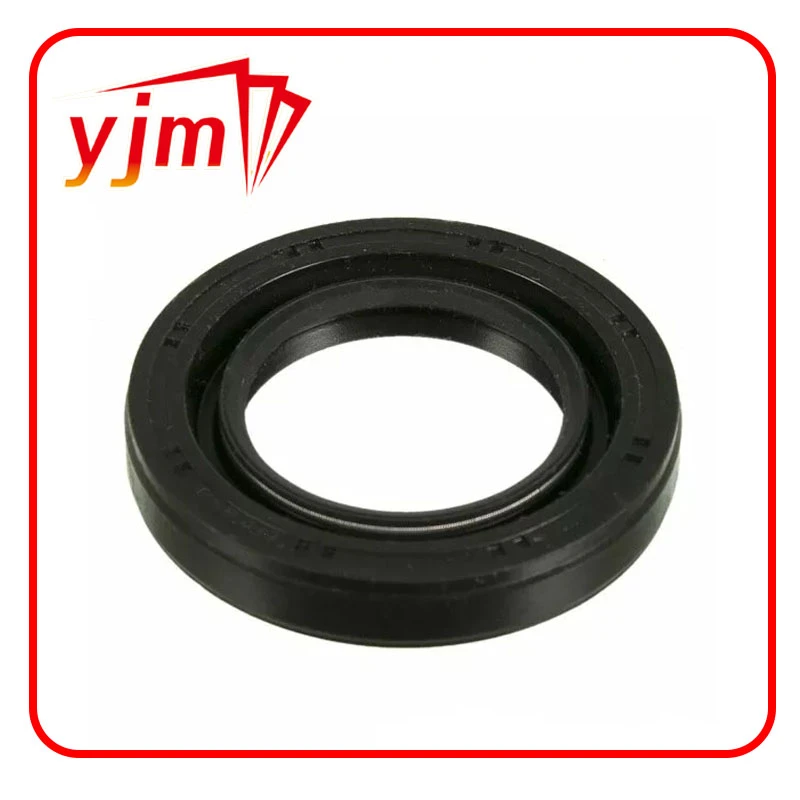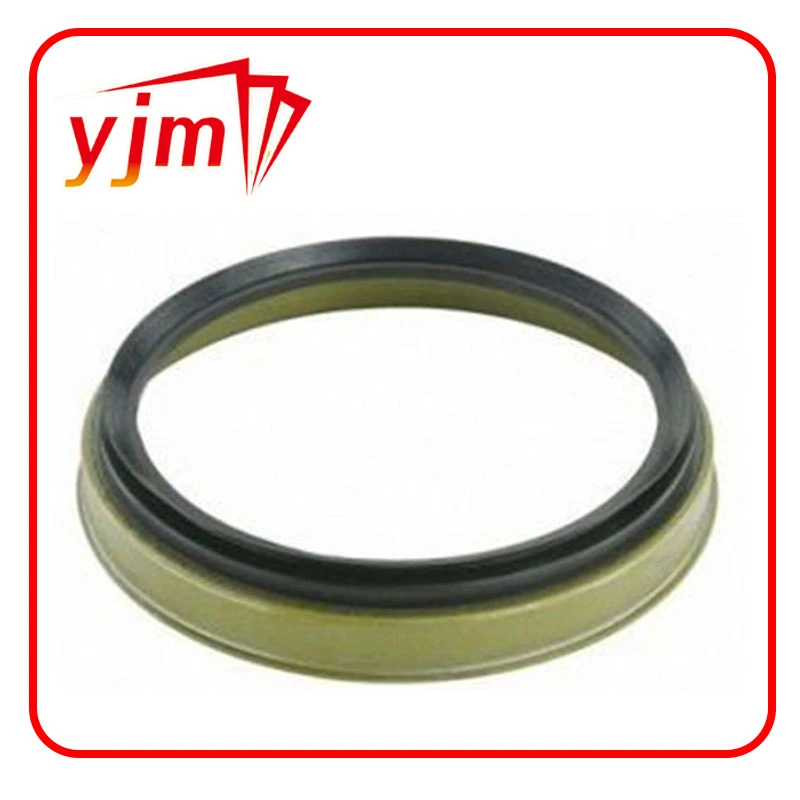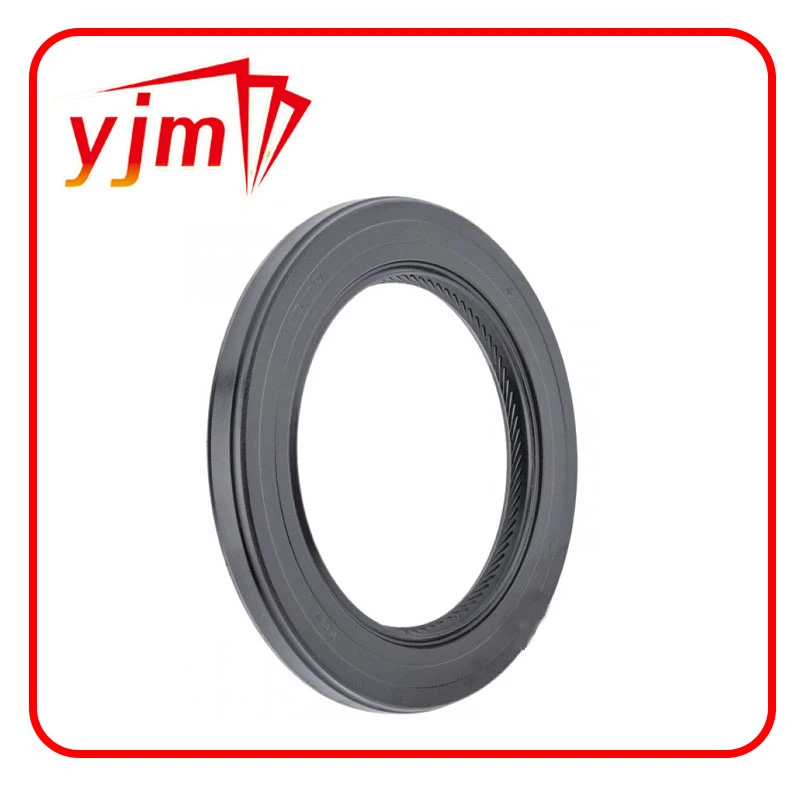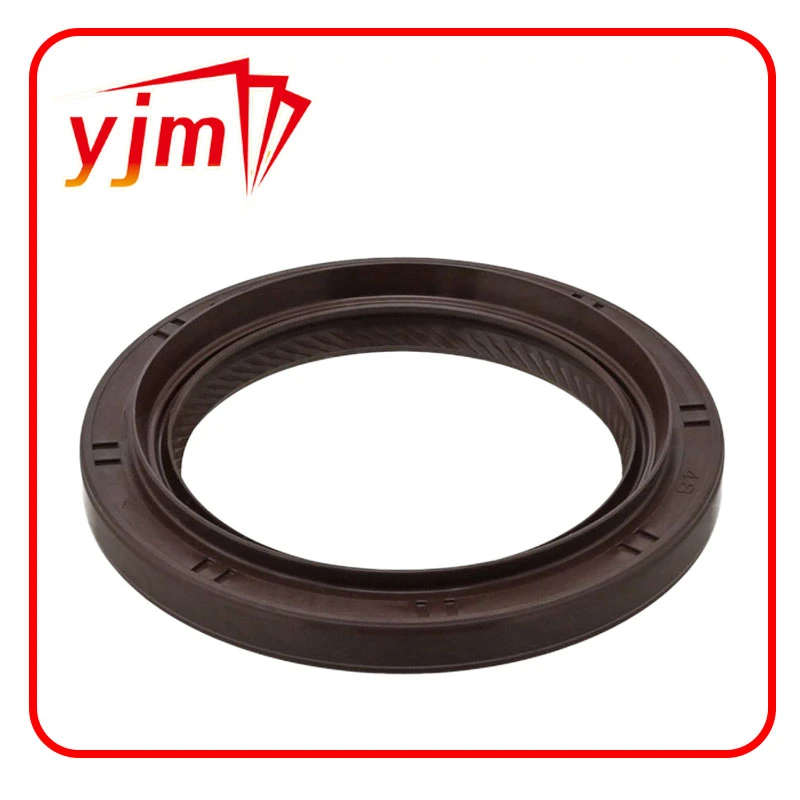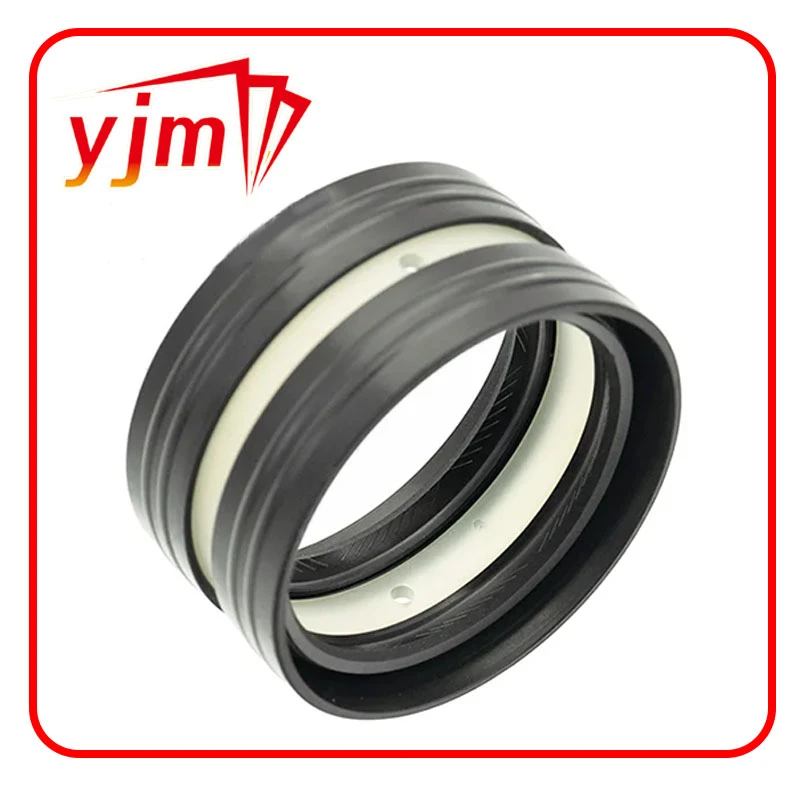Exploring Flat Gaskets: Materials, Applications, and Industrial Uses
Flat gaskets are a critical component in sealing systems, widely used in piping, machinery, and industrial processes. Their role is simple but essential—preventing leaks between two mating surfaces. This article delves into the different types of flat face gasket options available, including flat fiberglass gasket, flat flange gasket, flat gasket braided fiberglass rope, flat metal gasket, and flat metal ring gasket. Understanding their properties, materials, and best-use scenarios will help ensure a safe and leak-proof seal in any industrial or mechanical system.
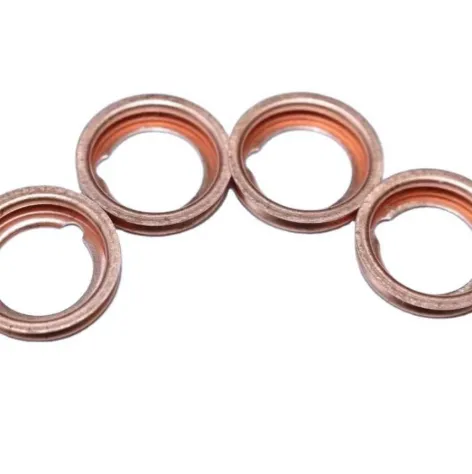
What Is a Flat Face Gasket and Why It Matters
A flat face gasket is designed to be used with flat-faced flanges or components, where the surface is smooth and even. Unlike raised face designs, flat face systems require full contact between the flange and gasket, ensuring a broad, even seal.
Key Characteristics of Flat Face Gaskets:
Made to seal flat, smooth surfaces
Even pressure distribution during bolt tightening
Often used in low- to medium-pressure applications
Preferred in systems where flanges are made of brittle materials like cast iron
The success of a flat face gasket depends heavily on proper alignment, surface cleanliness, and correct torque application during installation. Improper compression can result in leaks, damage, or reduced gasket life.
Material Options: From Fiberglass to Metal Flat Gaskets
Choosing the right material is key to ensuring a durable and effective seal. Each type of flat gasket material has unique properties suited for specific environments and applications.
Flat Fiberglass Gasket
A flat fiberglass gasket is commonly used in high-temperature environments due to its excellent thermal resistance. Made from woven or compressed fiberglass materials, these gaskets can handle temperatures up to 1000°F (538°C) or more, depending on composition.
Benefits:
Excellent resistance to heat and thermal shock
Chemically inert and non-corrosive
Non-combustible and long-lasting
Common Uses:
HVAC systems
Industrial furnaces
Boiler doors
Exhaust systems
Flat Gasket Braided Fiberglass Rope
When a flat gasket is required for irregular sealing surfaces, a flat gasket braided fiberglass rope offers both flexibility and strength. This material is especially useful in sealing doors, hatches, or gaps in high-heat environments.
Key Features:
Woven for strength and flexibility
Excellent thermal insulation
Often used in ovens, kilns, and boilers
This gasket rope can be compressed and shaped to suit non-standard sealing surfaces, making it versatile in industrial sealing.
Flat Flange Gasket
A flat flange gasket is one of the most common types used in piping systems. It sits between two flanges and is compressed when bolts are tightened, creating a leak-proof seal.
Attributes:
Can be made from rubber, PTFE, fiber, or metal
Suitable for water, steam, oil, and chemical applications
Easy to replace and cost-effective
These gaskets are essential in plumbing, chemical processing, oil & gas, and other industries where flanged joints are common.
Flat Metal Gaskets: When Strength and Heat Resistance Matter
Metallic gaskets are used when high pressure, high temperature, or corrosive environments are present. A flat metal gasket or flat metal ring gasket is designed for extreme sealing performance in harsh conditions.
Flat Metal Gasket
A flat metal gasket is typically made from stainless steel, copper, or other corrosion-resistant metals. These gaskets are machined to tight tolerances and offer excellent sealing under pressure.
Advantages:
Withstands high pressure and temperature
Excellent for steam, gas, and aggressive chemicals
Can be reused in some applications if undamaged
Applications:
Heat exchangers
Petrochemical plants
Steam systems
Pressure vessels
Flat Metal Ring Gasket
The flat metal ring gasket is a precision-machined sealing ring used in high-pressure flange connections. These are typically seen in refinery and offshore oil and gas installations.
Key Features:
Designed for ring-type joint (RTJ) flanges
Manufactured to strict ASME/ANSI standards
Excellent mechanical strength and durability
While more expensive than non-metallic gaskets, flat metal ring gaskets offer unmatched performance in high-stakes industrial environments.
Selecting the Right Flat Gasket for the Job
Flat gaskets come in a wide range of materials and designs, each suited for specific sealing challenges. Whether you’re dealing with high heat, aggressive chemicals, or extreme pressure, there’s a flat face gasket solution to meet your needs.
Quick Recap of Gasket Types:
Flat fiberglass gasket – Best for high-temperature, non-metallic sealing
Flat flange gasket – Everyday use in flanged piping systems
Flat gasket braided fiberglass rope – Flexible option for uneven sealing surfaces
Flat metal gasket – Durable, high-pressure solution
Flat metal ring gasket – High-end option for precision sealing in extreme conditions
The right gasket will ensure your system remains leak-proof, efficient, and safe. Always match the gasket material to your application's pressure, temperature, and chemical requirements, and ensure proper installation practices are followed.
By understanding the unique characteristics of each flat gasket type, maintenance teams and engineers can make informed decisions that enhance performance and minimize downtime.
-
Seal 12x20x5: Precision Radial Shaft Seals for Industrial Reliability
Novas Nov.24,2025
-
Seal 12x18x5: Essential Guide to Specifications, Applications & Vendors
Novas Nov.24,2025
-
Understanding Seal 12 20 5: Applications, Specifications & Industry Insights
Novas Nov.23,2025
-
Durable Oil Seal 85x110x12 – Reliable Sealing Solutions for Industry
Novas Nov.23,2025
-
Durable and Precise Oil Seal 75x95x10 for Efficient Machinery | YJM Seal
Novas Nov.22,2025
-
Durable Oil Seal 75x100x10 for Reliable Industrial Performance | YJM Seal
Novas Nov.22,2025
-
High-Quality Oil Seal 65x90x10 | Durable & Reliable Sealing Solutions
Novas Nov.22,2025
Categorías de produtos

